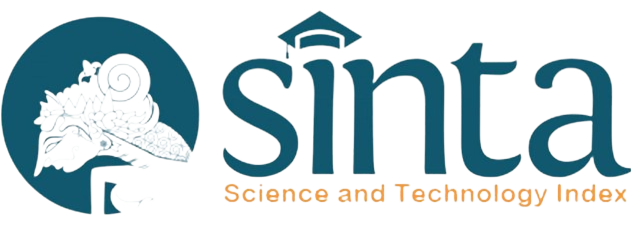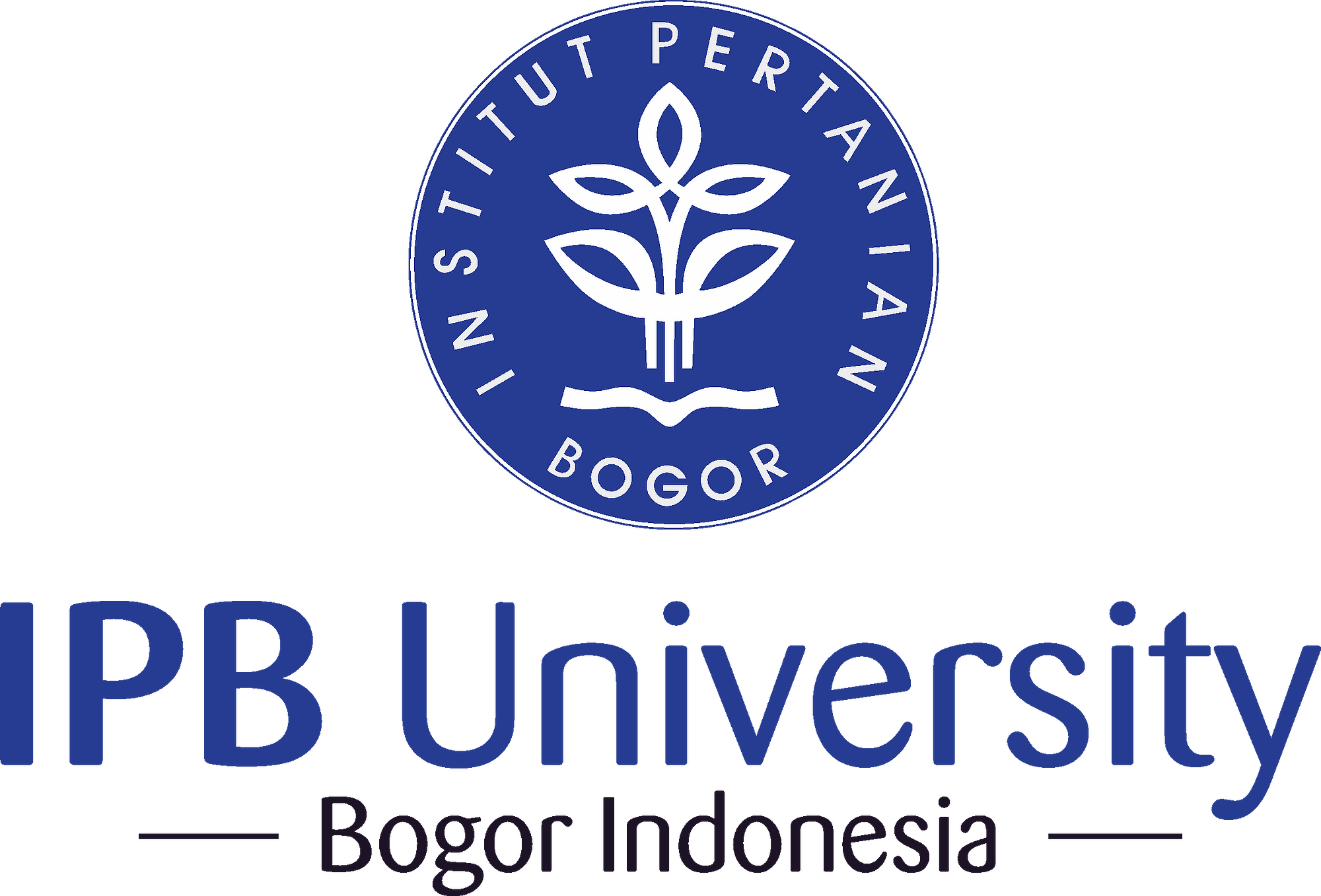Evaluasi Rizobakteri Indigenous Gayo Lues sebagai PGPR Terhadap Pertumbuhan dan Hasil Nilam Aceh
Evaluation of Gayo Lues Indigenous Rhizobacteria as a PGPR on The Growth and Yield of Achenese Patchouli
Abstract
Rhizobacteria are a group of microorganisms that actively and aggressively colonize the rhizosphere area and act as plant growth promoters. Patchouli (Pogostemon cablin Benth.) is one of the essential oil producing plants known as patchouli oil. This study aims to determine the interaction between the treatment of indigenous rhizobacterial isolate types with varieties on the growth and yield of Aceh patchouli plants. This research was conducted at the Laboratory of Seed Science and Technology, Department of Agrotechnology, Faculty of Agriculture and Nino Park, Syiah Kuala University, Darussalam, Banda Aceh, Aceh. This study used a 7x3 factorial pattern Randomized Group Design (RGD) with 3 replications. The factors studied were 7 types of rhizobacterial isolates (Without Rizobacteria, PG 5/1, PG 5/3 P, PG 6/2, PG 7/3 C, PG 8/1, and PG 9/2 C) and 3 types of patchouli varieties (Sidikalang, Lhokseumawe, and Tapak Tuan). The results showed a very significant interaction between rhizobacteria treatment and type of variety on the parameters of plant height 8 and 12 WAA, number of leaves 4, 8, and 12 WAA, number of branches 8 and 12 MSA, wet biomass weight, wind dry biomass weight, and significantly influenced the parameters of plant height and number of branches 4 WAA. The best growth and yield of Sidikalang variety using rhizobacterial isolate PG 9/2 C, Lhokseumawe variety using rhizobacterial isolate PG 6/2, and Tapak Tuan variety using rhizobacterial isolate PG 8/1 based on wind-dry biomass weight parameter.
Keywords: Biofertilizer, Dry Biomass, Biostimulant
Downloads
You are free to:
- Share — copy and redistribute the material in any medium or format for any purpose, even commercially.
- Adapt — remix, transform, and build upon the material for any purpose, even commercially.
- The licensor cannot revoke these freedoms as long as you follow the license terms.
Under the following terms:
- Attribution — You must give appropriate credit, provide a link to the license, and indicate if changes were made. You may do so in any reasonable manner, but not in any way that suggests the licensor endorses you or your use.
- ShareAlike — If you remix, transform, or build upon the material, you must distribute your contributions under the same license as the original.
- No additional restrictions — You may not apply legal terms or technological measures that legally restrict others from doing anything the license permits.
Notices:
You do not have to comply with the license for elements of the material in the public domain or where your use is permitted by an applicable exception or limitation.
No warranties are given. The license may not give you all of the permissions necessary for your intended use. For example, other rights such as publicity, privacy, or moral rights may limit how you use the material.













